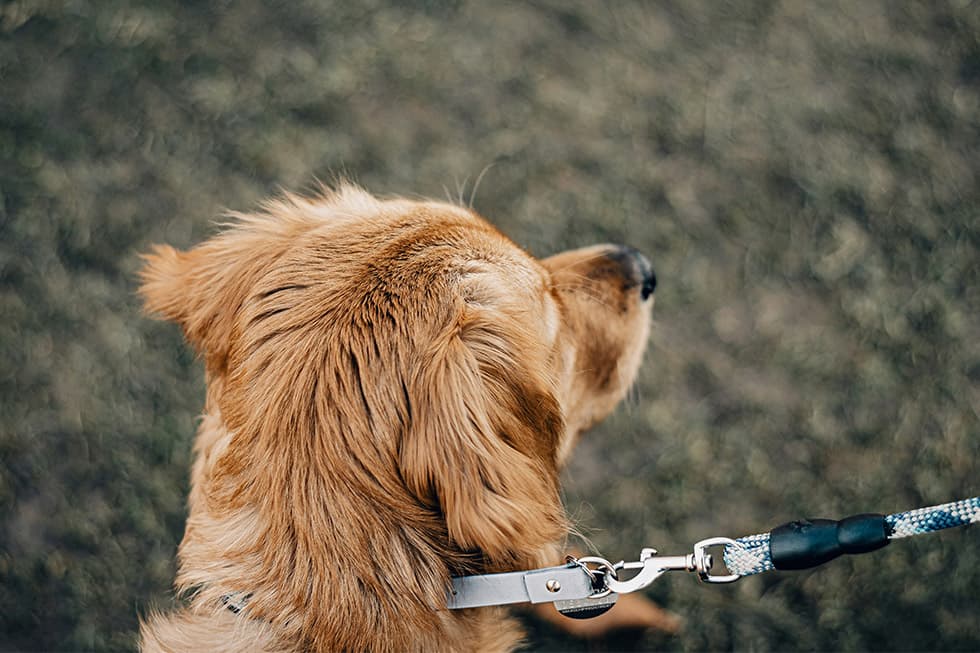Dog Leash Dangers: How Your Pup's Constant Pulling Could Be Injuring You Both

Ever had your arm nearly yanked from its socket during a "relaxing" walk with your dog? You're not alone. A startling new study from the UK has shed light on a growing problem: a sharp spike in hand and wrist injuries among dog walkers, all because of powerful pups pulling on their leads.
It’s prompted pet wellness experts in Australia to sound the alarm, highlighting that this isn't just a minor inconvenience. It’s a genuine health hazard, not only for us humans but for our four-legged companions, too. As one pet care pro put it, treating leash pulling seriously is fundamental to the long-term safety of both you and your dog. That little tug-of-war on your daily stroll? It’s a bigger deal than most of us think, and the evidence points to a worldwide issue that goes way beyond simple obedience training.
The Hidden Harm: What Constant Leash Pulling Does to Your Dog
Shifting gears from our own aching shoulders, let's talk about our furry friends. What does all that yanking actually do to them? It’s pretty grim. Multiple veterinary studies confirm that chronic pulling, especially against a standard collar, can cause some serious and lasting damage.
- Serious Throat and Neck Trauma: It's not just a little coughing. Research has shown that even moderate pulling on a flat collar can inflict physical trauma to a dog's delicate trachea, larynx, and esophagus. It really makes you think, doesn't it? If owners knew their dog's pulling could be actively hurting them, they’d likely seek help immediately.
- Long-Term Health Complications: The damage can go deeper. Some studies suggest that the constant pressure on the neck can damage vital nerves and even the thyroid gland, potentially leading to conditions like hypothyroidism over time.
Smart Leash Habits for a Safer, Happier Stroll
So, what’s a loving dog owner to do? Thankfully, prevention is totally achievable and protects everyone involved. The key is to be proactive, not reactive.
- Start Training Yesterday: The best time to start loose-leash training is the day your puppy comes home. Using positive reinforcement—think tasty treats and tons of praise—makes learning fun and incredibly effective.
- Rethink the Neckwear: For any dog with a tendency to pull, switching from a collar to a well-fitted harness can be a game-changer. A harness distributes the pressure across their chest and shoulders, taking the dangerous strain off their fragile neck.
- Don't Be Afraid to Ask for Help: If you're struggling, there's zero shame in calling in the pros. A certified professional dog trainer can provide tailored guidance for your dog's specific behavioral issues. It's an investment in years of peaceful walks.
- Master Your Leash Technique: Sometimes, it’s about how you hold it. On busy streets or when you see a squirrel, using both hands can give you the extra control needed to prevent a sudden, injury-causing lunge.
The bottom line? A dog that pulls on the leash isn't trying to be naughty; they're just untrained. With a little early and gentle guidance, you can avoid years of frustration and potential injury, ensuring your dog can walk confidently and safely by your side.